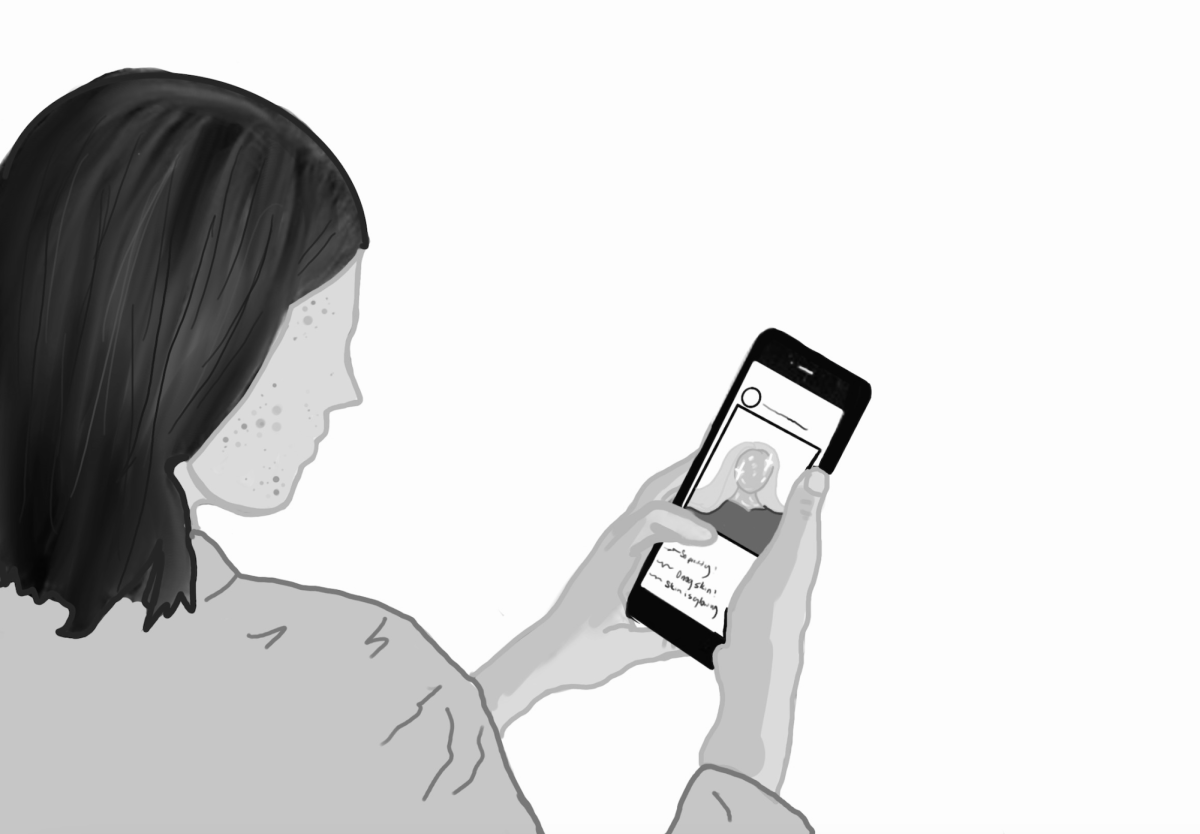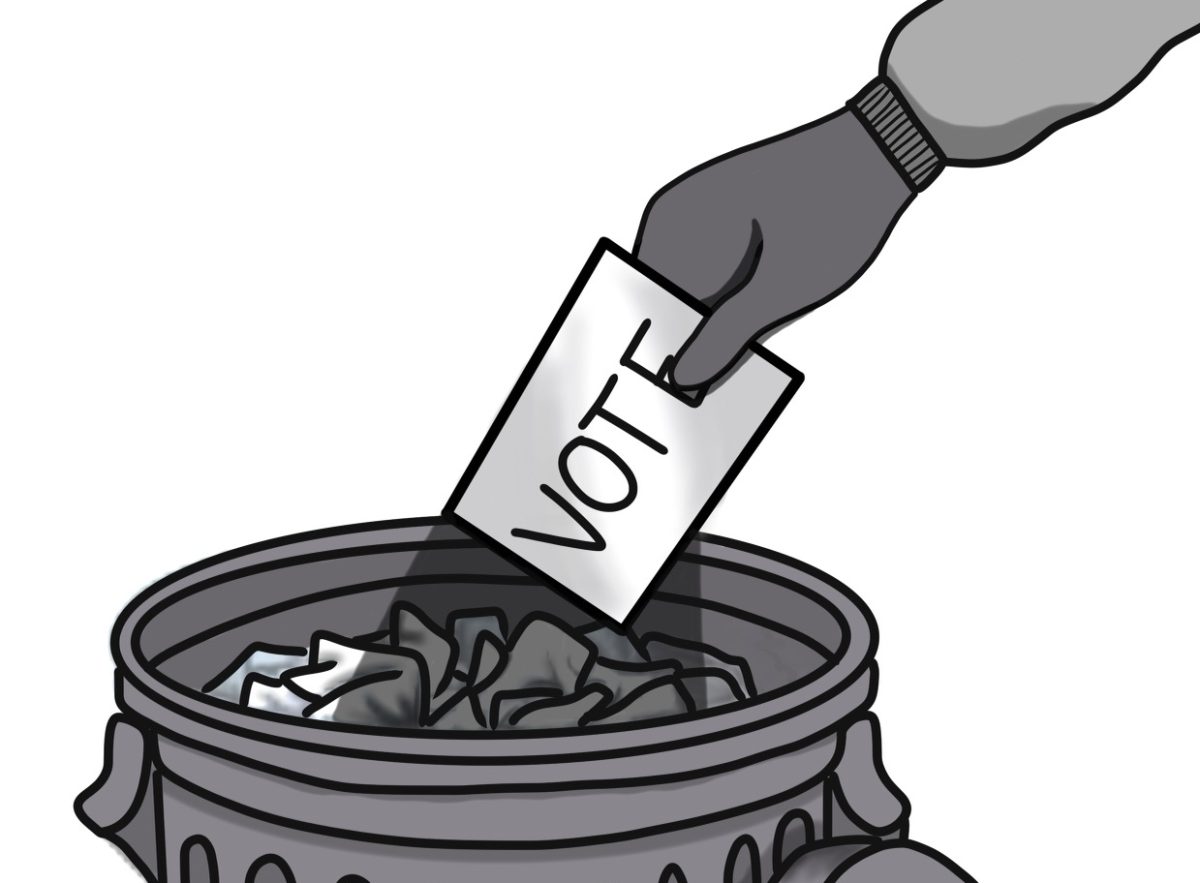Students bustle through the lunch line after a long morning of classes, yet their expectations are often dashed by the lackluster offerings that await them. As they sit down to eat with their friends, their dissatisfaction with school lunches becomes very evident. The portions barely dent a student’s appetite. Despite Redwood receiving $4.70 per lunch—nearly a dollar more than the national average—the food offerings often fall short, leaving students hungry for a change. These are not just culinary grievances; they’re symptoms of a more significant issue plaguing our school lunch program. With the surge of nearly $15 billion in state and federal funding for school lunches across California, the question emerges: why haven’t we made significant strides in improving the quality of our school lunches?
Calories are very important for a developing teenager because they fuel their bodies for mental and physical function. The school lunch at Redwood requires each student to get one entrée and one fruit or vegetable. However, a juice box, considered a “fruit,” hardly contains any nutritional value. The average entrée at Redwood contains around 413 calories, with an added 60 calories for a juice box. A slice of cheese pizza, chocolate milk and a bag of carrots barely scrape 495 calories and are well below the 750-calorie minimum of a meal mandated by the National School Lunch Program for high school students. Furthermore, a Center for Disease Control (CDC) survey shows that three out of four American high school students skip breakfast. This makes a nutritious lunch even more critical because so many calories are missed at the beginning of the day. High schoolers are supposed to get 55 percent of their calorie intake from breakfast and lunch. However, when breakfast is skipped and only a single school lunch is consumed, an insufficient calorie intake can harm both academic performance and athletic performance in after-school sports.
Meals served through school lunch programs must meet specific nutritional standards, such as adhering to a sodium limit of 1280 milligrams, according to the California Department of Education. This rule was issued in July 2023, transitioning from less than 1480 milligrams. However, according to the Tamalpais Union High School District (TUHSD) Recipe Nutrient Composition Summary, nine meals in the Redwood cafeteria exceed this newly enforced limit. High sodium intake is associated with numerous health risks, including hypertension and cardiovascular disease, which can have long-term consequences for students’ well-being. In the future, Redwood must adjust to the new guidelines following United States Department of Agriculture (USDA) protocols.
But it’s more than just meeting caloric limits and adhering to nutritional guidelines – it’s about recognizing lunch’s vital role in a student’s success. A different study from the CDC showed that healthier lunches lead to increased attention and focus in the classroom, which has proven to lead to better test scores. A 2020 study published in the journal, Nutrients, examined 502 school lunch programs and discovered that adolescents who ate meals at school demonstrated increased academic achievement, better attendance, and generally better health. A healthier cafeteria at Redwood would help students focus on their afternoon studies and keep them well-fed for extracurriculars after school.

During the 2023–2024 school year, all students are eligible to receive free breakfast and lunch as a result of funding provided to Nutrition Services by the State of California. Redwood also offers the option of a second serving for six extra dollars. To some, this might seem like a viable solution to the issue. If one school lunch isn’t enough, why not just buy another? The underlying fact is that not only is the school lunch insufficient — it just isn’t good. Simply adding another subpar meal to the mix does little to address the root problem. Additionally, some students might not have the money to buy a secondary lunch if they are hungry. According to the March 2024 Bark survey, 42% of our student population does not enjoy the food provided by school lunch. Moreover, only 14% like school lunches while the remaining percentage are neutral or haven’t tasted school lunches.
If Redwood truly aims to prioritize its students’ well-being and academic success, it must commit to revamping its lunch program. This means investing in fresher, healthier ingredients and adhering to nutritional guidelines more rigorously. Other schools in California have pursued healthier school lunches. Vacaville Unified students enjoy Strauss Family organic yogurt, chipotle chilaquiles, and regeneratively raised pork sandwiches. Shandon Joint Unified School district in San Luis Obispo procures whole wheat on-site to make bread and pasta.
It won’t be easy. Money doesn’t grow on trees, and TUHSD does not make money off of meal programs. Not only are they not allowed to, but in addition to costs for meals, they also have equipment expenses such as the $12,920.51 spent in July for new ovens at Redwood. That is almost the value of two thousand staff meals. While we might not be able to fund a complete revamp, there are certain steps we can take to improve the quality of our school lunches, starting with the removal of high-sodium meals. Our students deserve meals that fuel their potential and support their growth, and Redwood should make it a priority to do so.



















